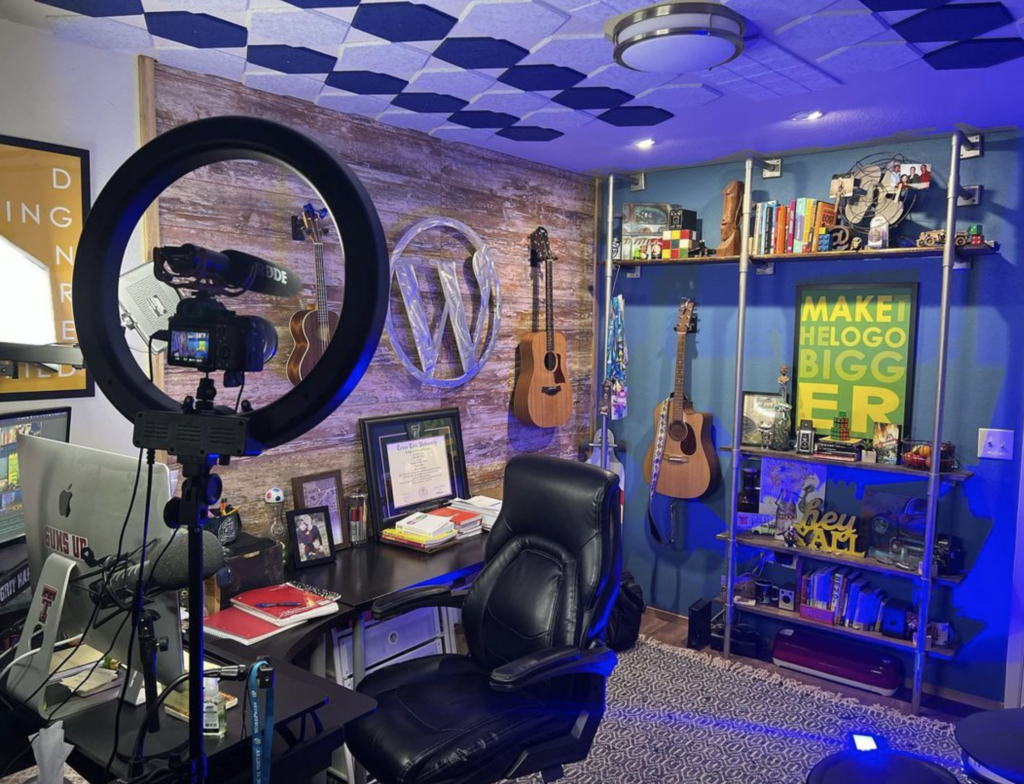Clicking the update button can be quite scary. You cross your fingers and click – holding your breath to see if your WordPress website breaks. With one eye open you reload your web browser to see – the white screen of death. AHHH! Now what?
If this scenario sounds familiar, you’re not alone. If there’s one down side to WordPress it’s that it requires these types of updates consistently. But this really isn’t a bad thing. You see updates are required to keep your website running smoothly, believe that or not LOL!
It’s true. Updating your WordPress version, updating your theme and updating plugins all very typically are to allow for security measures to be strengthened, for a browser conflict to be resolved, or even a new feature to be added to your WordPress website. All of these things are wonderful and needed, but how do to click update with confidence? Here’s how to update your WordPress website safely.
Before You Update your WordPress Website
Even if all you’re about to do is update a plugin, we suggest backing up your website; and especially if you’re going to update your theme or WordPress version. Contact your hosting company. Call them up, if possible, and ask if your website’s database is on some sort of a backup program. This is key when trying to update your website because if anything does go wonky – you will have a current backup of your entire website. You should have some sort of automatic system in place to back up your website frequently – minimally monthly.
Step 1 – Back up your website (and database)
Updating Plugins
If you note a little number next to your left-hand navigation for Plugins – then there’s something needing tending to. You’ll need to be sure that you’ve not done any customization to this plugin before clicking update. More than likely though – updating a plugin should not cause the white screen of death (your website to break). But it can.
I’ve been asked – “Can I revert a plugin back to an older version?” This can be done but more than likely will have to be a service your hosting company does for you. If they’ve been backing up your website they should be able to “roll back” one folder – that certain plugin.
We suggest updating one plugin at a time. This way you can test each time to be sure your website is performing correctly. If it breaks – you’ll at least know which plugin caused the error.
Updating your Theme
Updating your WordPress theme can be a little more muddy. If you’ve spent time customizing your theme, you’ll want to note how the author directs you to update to the newest version. Some authors have allowed a “Custom CSS” box where all customization can be place and never overwritten in an update. This is the best case scenario. You can also use a child theme to maintain these certain customizations that you’ve applied. If you’ve only made changes to the “Theme Options” area – you should be safe to click update. However – Best Practices is to read what your theme’s author has instructed on how to update your WordPress website.
If your website breaks after this update, you may need to contact your hosting company asking for a “roll back” to yesterday’s date, or if you’re not afraid of accessing your website via FTP you can go in and try this:
- Drill down to the folder that holds wp-content / THEMES / your theme
- Rename that folder by placing a number in front of it (Example: 5YourTheme)
- Refresh your browser to view your website
As long as you have another theme available in that THEMES folder – WordPress should search for another theme to activate and help you gain access back into your website. This will NOT FIX the theme’s breaking issue. All it will do is get you access back to your dashboard so that you can possibly install a “Under Construction” plugin or some sort of notice for your visitors while you’re working on fixing the site.
Updating your WordPress Version
This update is typically the most daunting because once you click update – every plugin and your theme must still be compatible with this new version. If an author hasn’t updated their content yet, all could break. Again this is why you must have some sort of backup system in place for your website.
Security for your WordPress Site
There are many elements that can effect your website’s security.
- What company you use to host your website
- What plugins you use in your website
- What theme you use
- Who you give access to your dashboard
- If you allow comments and do not moderate them
- If you have any APIs
If you have a ton of comments that are all spam / pending comments – try using this plugin to delete them quickly and easily. You should not let those sit on your website. Delete All Pending Comments
We highly recommend Liquid Web for your WordPress hosting. They not only provide exclusive WordPress hosting but they also have incredible security and support.
You can use free plugins to help secure your site as well. Here are two that might be helpful: WordFence iThemes Security

